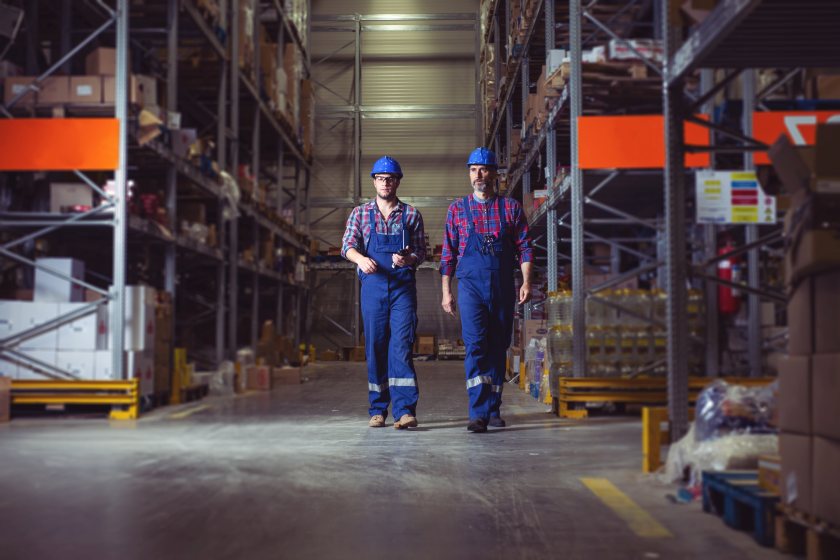
Logistics companies are under increasing pressure to streamline operations, bolster security, and reduce costs.
Advanced AI-powered video surveillance systems are now playing a pivotal role in meeting these demands—enhancing stock control, monitoring access, automating key tasks such as barcode scanning, and delivering real-time insights across the supply chain.
Custom surveillance solutions are proving their worth beyond traditional loss prevention, supporting end-to-end visibility, cutting down food miles, and improving customer service while helping businesses tackle labour shortages through automation.
The scale of theft facing the sector is stark. In the final quarter of 2024, cargo crimes totalling over €100 million were recorded by the Transport Asset Protection Association’s (TAPA) EMEA Intelligence System. November and December were particularly costly, with the highest reported theft values of the year.
Insider theft also poses a growing threat, with employees responsible for around 40% of retail theft losses in Europe. These losses not only dent profits but undermine stock accuracy and disrupt customer fulfilment.
A multi-layered AI surveillance strategy can offer robust protection across warehouses, distribution hubs, car parks and loading areas.
AI-integrated video management systems (VMS), coupled with intelligent audio analytics, provide comprehensive situational awareness both on-site and remotely.
For instance, an unauthorised vehicle entering a loading bay during peak hours can trigger alerts, allowing security teams to intervene immediately. Continuous AI monitoring also detects threats like loitering, unauthorised access, and abnormal staff movements—freeing up teams to focus on higher-value tasks.
Streamlined control rooms and energy-efficient, single-screen displays also reduce overheads and environmental impact.
AI surveillance is increasingly recognised as a tool for improving logistics operations, not just protecting them. Smart cameras can track inventory, flag delays, and identify underused space or process inefficiencies. This data helps managers make proactive decisions, adjust staffing, and refine delivery schedules.
Barcode-scanning cameras further simplify package tracking by combining video and barcode data, reducing time lost to manual checks and improving delivery accuracy. Video playback also provides a clear record for resolving disputes and investigating claims.
AI-powered cameras also support health, safety, and environmental compliance by identifying unsafe vehicle or forklift movements and automatically logging key activity data. This footage can be crucial in legal disputes or when investigating incidents.
Automated reporting further reduces the burden of regulatory paperwork, ensuring businesses remain compliant without sacrificing time or resources.
Adopting AI surveillance technology offers a clear path to improved safety, efficiency, and competitiveness. But to fully realise these benefits, logistics firms must partner with experienced providers capable of delivering tailored solutions.
As the industry evolves, AI-powered systems are no longer a luxury—they’re fast becoming essential for a resilient, forward-thinking logistics strategy.